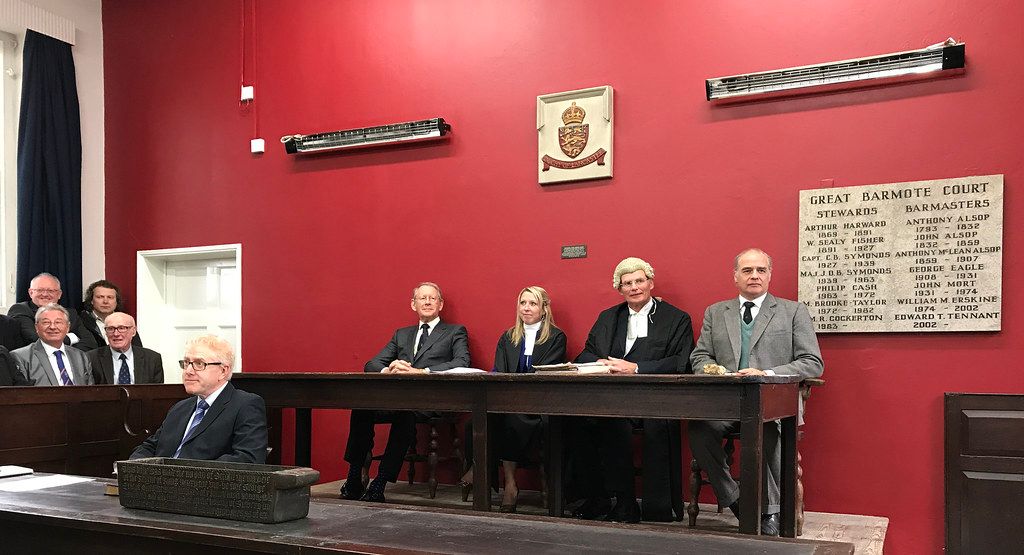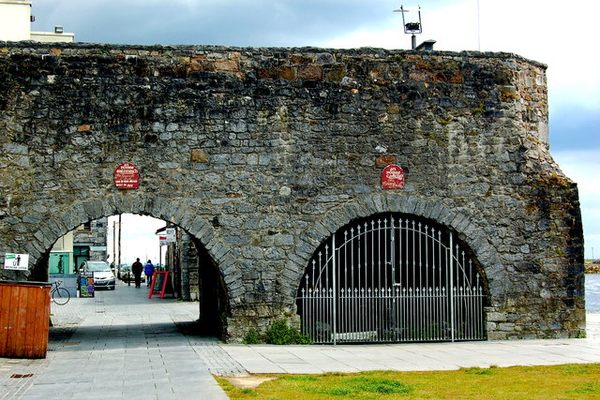About
In the lead mining districts of Derbyshire, once the most productive in the world, a series of mining laws operate that are unique within England. These include the rights of any miner to enter any land within the jurisdiction of these laws in search of lead, and special rules relating to the royalties—in the form of volumes of lead ore measured using a standard dish—that had to be paid to both the crown and the landowner.
These unique laws are administered by the Barmote Court, which is held at Moot Hall in the small town of Wirksworth. Although King Henry VIII granted a charter in the 16th century to hold a miners’ court in Wirksworth, many think the court actually originated even earlier, as one of the “burghmoot courts” of the Mercian Kingdom that formed part of Saxon Britain. Indeed, lead mining in Derbyshire was important to the Anglo-Saxon tribes in the medieval era and to the Romans before them—it's even rumored that lead from Wirksworth can be found in the Colosseum.
The current iteration of Moot Hall was constructed in 1814, and the Barmote Court still meets here every year in April to control all matters of lead mining. The court is overseen by the Barmaster, assisted by the Steward, and decisions are made by a Grand Jury of locals. Ceremoniously, the court still sits before the famous standard measuring dish made during the reign of Henry VIII.
The exterior of Moot Hall has two distinctive decorative plaques and another bearing an inscription that details the origins of the building. The plaque on the left has symbols illustrating the building's role as a court of law while the one on the right is engraved with objects relating to lead mining. Any member of the public is allowed to attend the proceedings of the Barmote Court, which, although largely ceremonial, still makes legal decisions today.
Related Tags
Know Before You Go
The building exterior is freely accessible to the public. To attend a court proceeding, check this website for dates.
Published
June 11, 2019

























